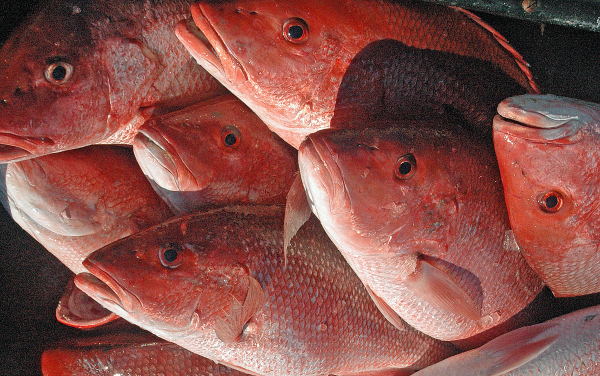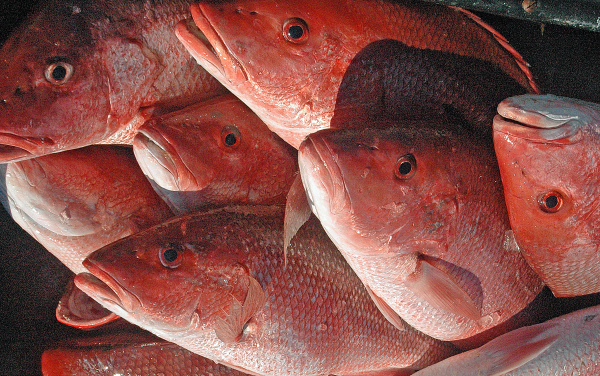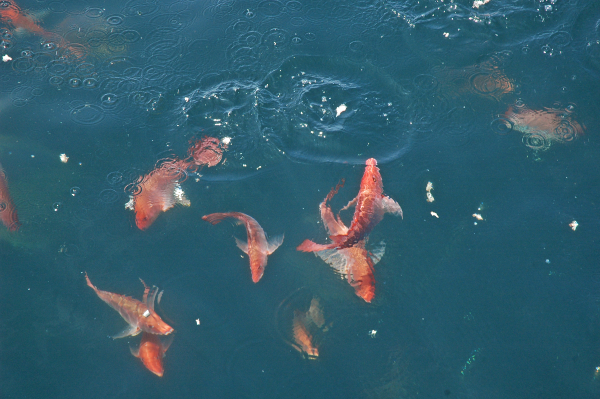As expected, the weather threw me a curve in our club tournament in September at West Point Lake. I was hoping the bass at West Point would be feeding in response to the cooler water but was disappointed.
The water temperature was around 80 degrees, the coolest it has been since last May. But it was still too soon, I guess, for the bass to really respond. And the day was hot with no breeze and bright sun all day so it was not as comfortable as I had hoped.
In the Spalding County Sportsman Club tournament 12 members fished eight hours to land 41 bass weighing about 54 pounds. There were four five-bass limits and one person didn’t catch a keeper. There were only two largemouth, all the rest were spots.
Raymond English won with five at 8.53 pounds and his 2.76 pound largemouth was big fish. Kwong Yu was second with five weighing 7.03 pounds, Billy Roberts came in third with five at 6.58 pounds and my five weighing 6.05 pounds was fourth.
I started fishing around the ramp, thinking some of the bass released in tournaments there might hit, but they didn’t. The third place I stopped my biggest fish of the day, not very big at all, hit a Texas rigged worm in about 8 feet of water in a cove around some brush. Then I caught a keeper spot on a rocky point in about six feet of water on a jig head worm.
I tried a few more places then at 11:00 I went to what I hoped was my ace in the hole. There is a brush pile in about 17 feet of water and I have caught a lot of fish around it. When I rode over it to mark it my depthfinder showed it covered in fish.
Almost as soon as my drop shot worm got to the top of it a keeper spot thumped it. Then a couple of minutes later I got another one. But after fishing it for thirty minutes I had not gotten another bite.
I left and tried another place, then went back to the brush and quickly caught two more keepers. It is strange. Jordan and I caught two off that brush the last tournament we fished then didn’t get another bite for an hour. The pattern seems to be catch two and leave.
The water at West Point is clear and to fish a drop shot worm, a good tactic in clear water, you get right on top of the brush and drop it straight down. Although 17 feet deep sounds pretty deep, when you stop and think it is less deep than the boat is long.
I think the boat right on top of the fish scares them and they quit hitting. If you leave and come back after they settle down they will hit again – for a few minutes until they get scared again. I have tried staying out from that brush and casting to it from distance but can’t seem to get bite that way.
I fished a lot more places and caught several short fish before quitting time at 3:00, but no more keepers. As I said, the fish were much harder to catch than I had hoped!

 By DAVID RAINER
By DAVID RAINER “This time of year, we will continue to have challenges with the weather,” he said. “People will have multiple conflicts with their schedules based on kids being in school and hunting seasons. We know the weekend effort won’t be like summertime weekends. We will keep up with the harvest through Snapper Check and post it on our webpage (
“This time of year, we will continue to have challenges with the weather,” he said. “People will have multiple conflicts with their schedules based on kids being in school and hunting seasons. We know the weekend effort won’t be like summertime weekends. We will keep up with the harvest through Snapper Check and post it on our webpage (